Why Rail Transfer Solutions Are Preferred In Metallurgical And Casting Operations
Compared with trackless transfer trolley, the smelting and casting industry prefers to use rail transfer trolley, which is mainly due to the specific advantages and adaptability of transfer trolley on rail in the smelting and casting industry. The following is a detailed analysis of this phenomenon:
High-precision Positioning & Carrying Capacity
High-precision positioning: In the smelting and casting industry, materials often need to be accurately transported to the designated location to ensure the smooth progress of the production process. Rail motorized transfer trolley run along fixed tracks and can accurately stop at designated locations, meeting the needs of high-precision positioning.
High load-bearing capacity: The smelting and casting industry often needs to transport heavy goods. Rail transfer cart can stably carry heavy goods, such as steel billets, heavy machine tools, etc., to ensure the smooth progress of the production process. In contrast, the carrying capacity of steerable transfer trolley is relatively weak and may not meet the transportation needs of these heavy goods.
Ladle Cart Video
Ladle rail transfer trolley with the functions of steady traveling and step-less speed regulation, which is commonly applied to transfer steel ladles, molten and liquid steel, aluminum ladles, furnace clinker, steel slag, etc.
Operation Efficiency & Stability of Rail Transfer Trolley
Operation efficiency: In fixed-route transportation tasks, electric flat cars can maintain a higher speed, thereby improving transportation efficiency. This is crucial for the smelting and casting industry because efficient production processes often mean higher output and lower costs.
Operation stability: Electric transfer cart runs on tracks, reducing driving instability caused by uneven ground or obstacles. This helps ensure the safe transportation of goods and reduces losses caused by transportation accidents.
Applicability & Flexibility (Relative Angle)
Applicability: Although trackless transfer trolleys are known for their high flexibility, this flexibility may not be the primary consideration in the smelting and casting industry. On the contrary, the fixed track layout of rail transfer trolley is more suitable for the transportation of heavy and large goods.
Flexibility (relative angle): Although transfer trolley on railways have poor flexibility and are difficult to change once the track layout is determined, this “inflexibility” has become an advantage in the smelting and casting industry. Because the production layout of the smelting and casting industry is usually relatively stable, there is no need to adjust the transportation route frequently. Therefore, the fixed track layout of transfer trolley on rail is more in line with the needs of this production environment.
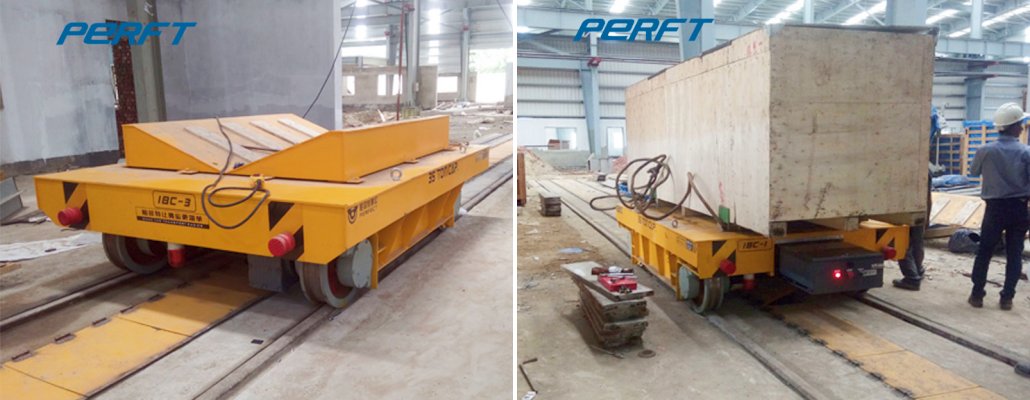
Cost & Maintenance
Cost: Although the installation cost of steerable transfer cart is low and there is no need to lay tracks, for long-term use, due to factors such as limited carrying capacity and relatively low operating efficiency, the overall transportation cost may rise. Although the initial investment of rail transfer trolley is large (including track laying, commissioning, and other costs), in the long run, their effective and stable transportation capacity helps to reduce the overall transportation cost.
Maintenance: The maintenance of transfer trolley on rail is relatively simple and standardized. Deformation and damage to the track are easy to detect and repair in time, thus ensuring the normal operation of transfer trolley. However, since trackless electric carts need to operate in a complex and changing environment, their maintenance costs may be higher.
In general, the smelting and casting industry prefers to use rail transfer trolleys, mainly because rail transfer trolleys have significant advantages in high-precision positioning, high load-bearing capacity, operating efficiency, applicability and flexibility (relative angle), etc. These advantages make rail transfer trolleys an ideal choice for material transportation in the smelting and casting industry.
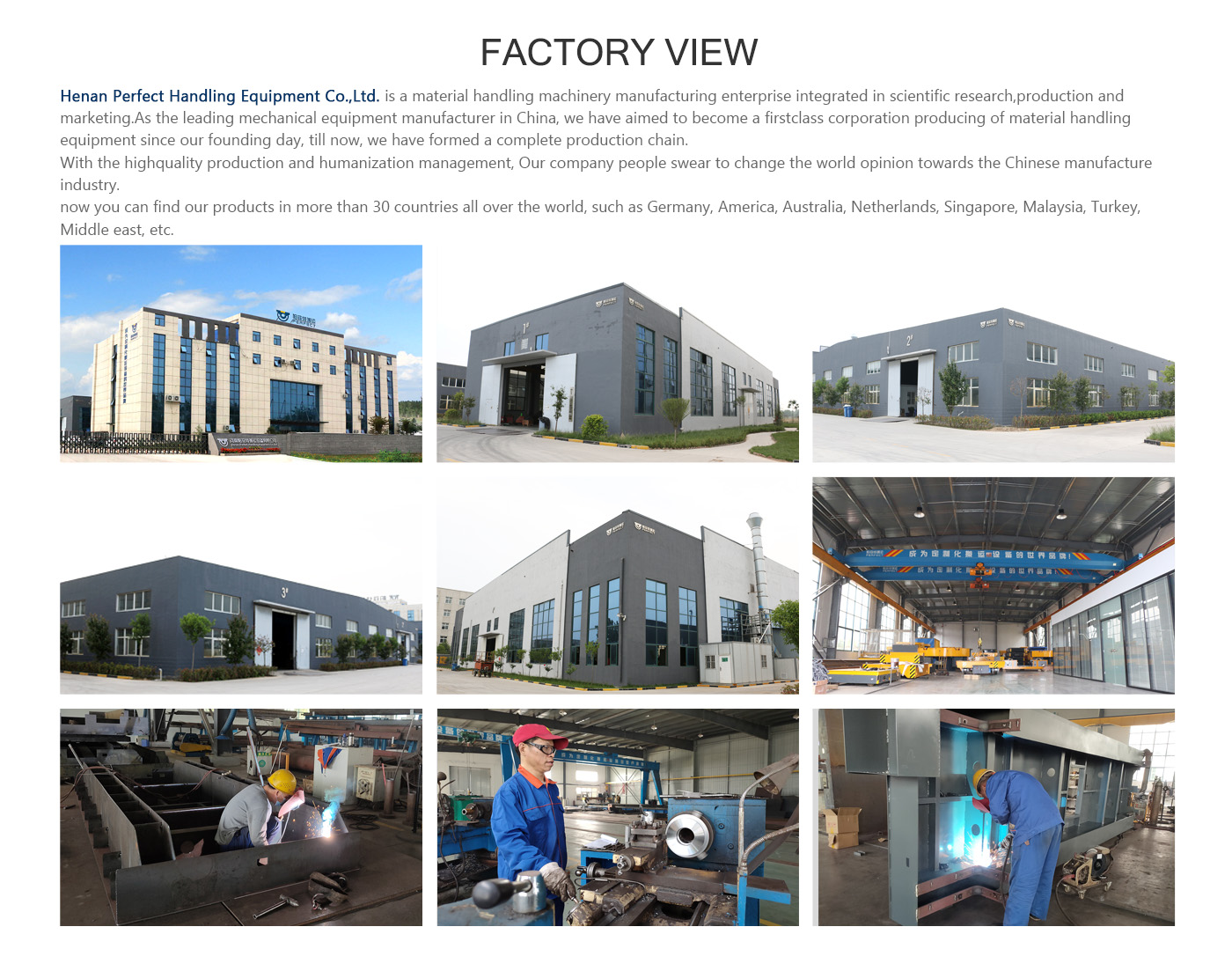
Back to List
-
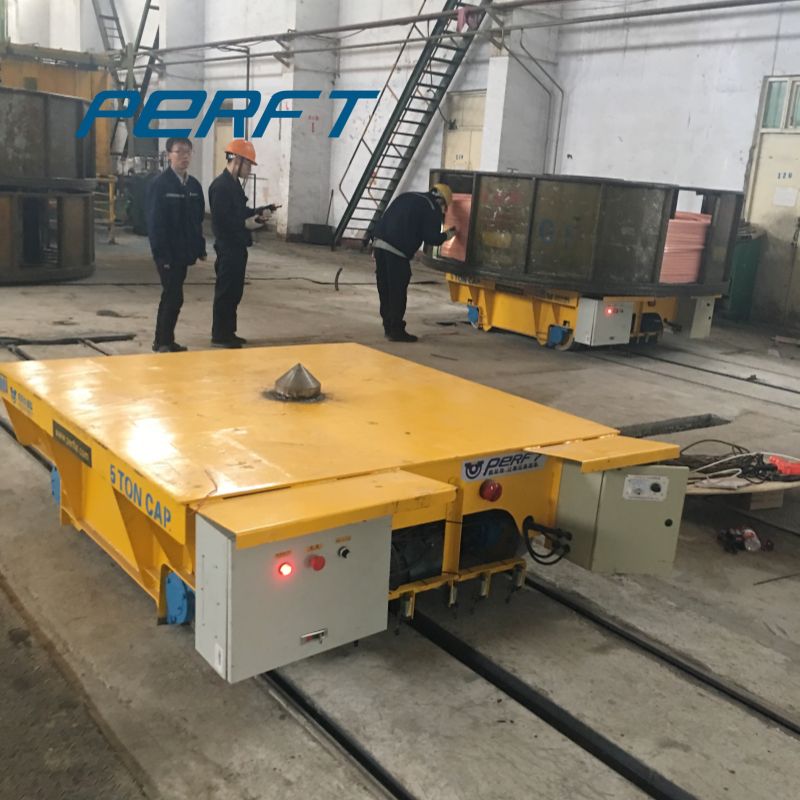 下午5:44What is a Rail Transfer Cart?
下午5:44What is a Rail Transfer Cart? -
上午10:58Rail Transfer Cart For High-Precision Materials
-
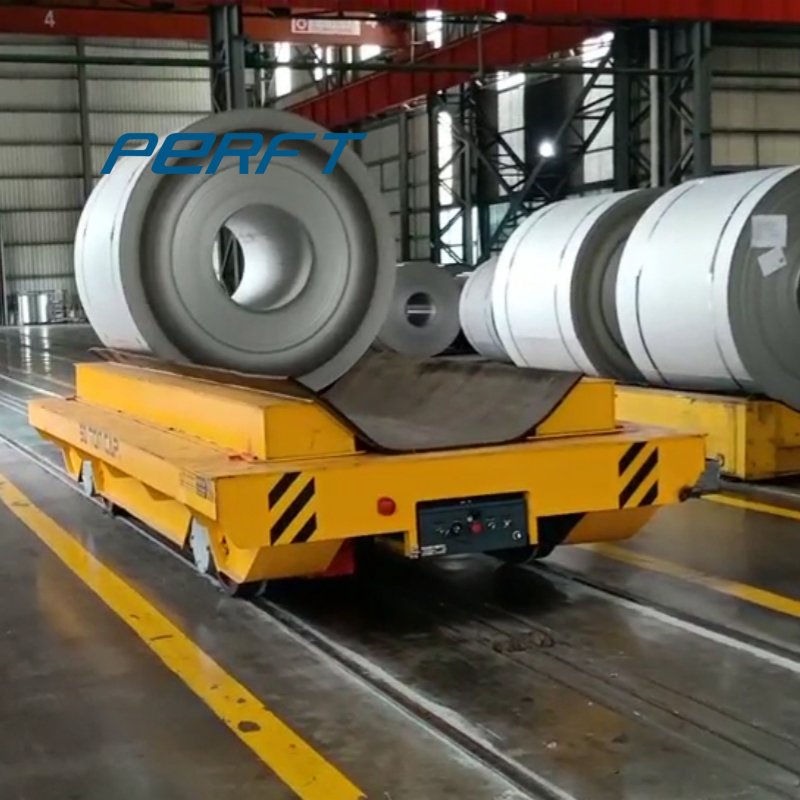 上午8:17Coil Transfer Cart: Battery Powered Or Cable Powered
上午8:17Coil Transfer Cart: Battery Powered Or Cable Powered -
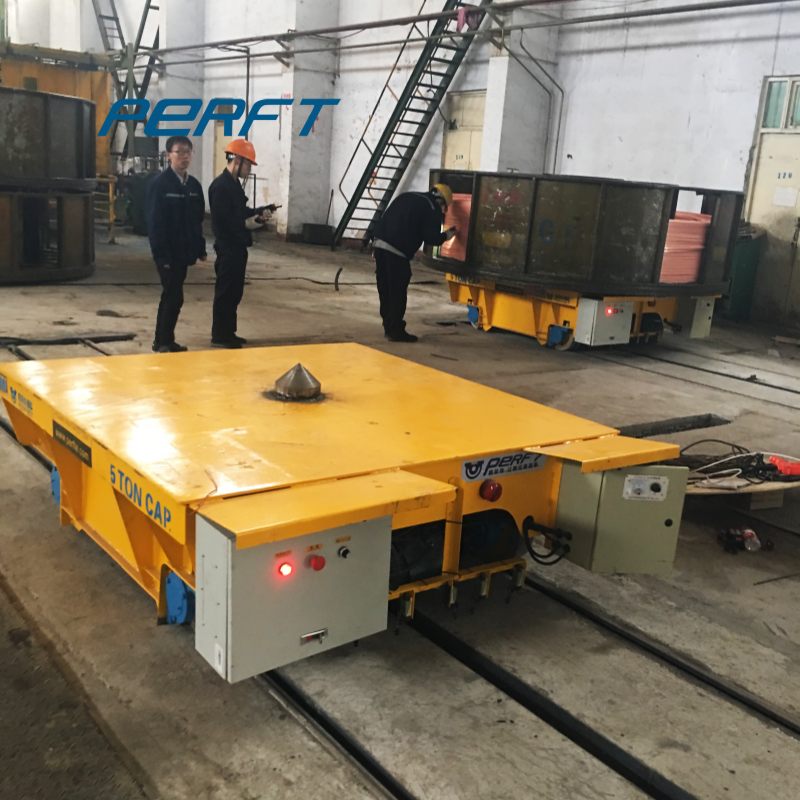 上午11:09Industrial Rail Trolley Multi-Station Auto Dispatch
上午11:09Industrial Rail Trolley Multi-Station Auto Dispatch -
 下午3:29Why Rail Transfer Solutions Are Preferred In Metallurgical And Casting Operations
下午3:29Why Rail Transfer Solutions Are Preferred In Metallurgical And Casting Operations

